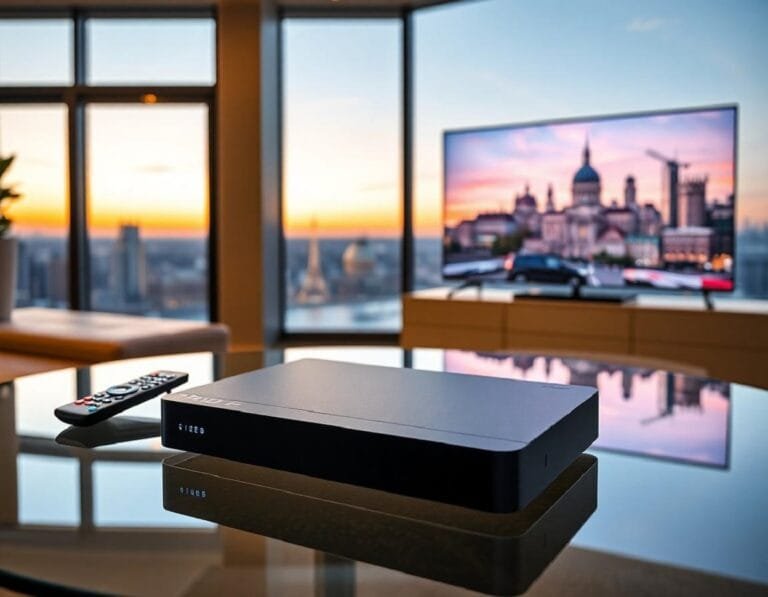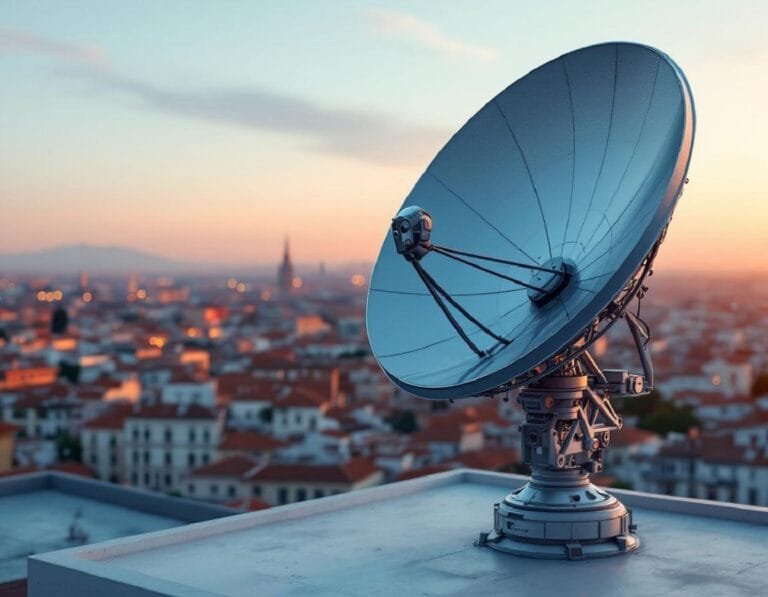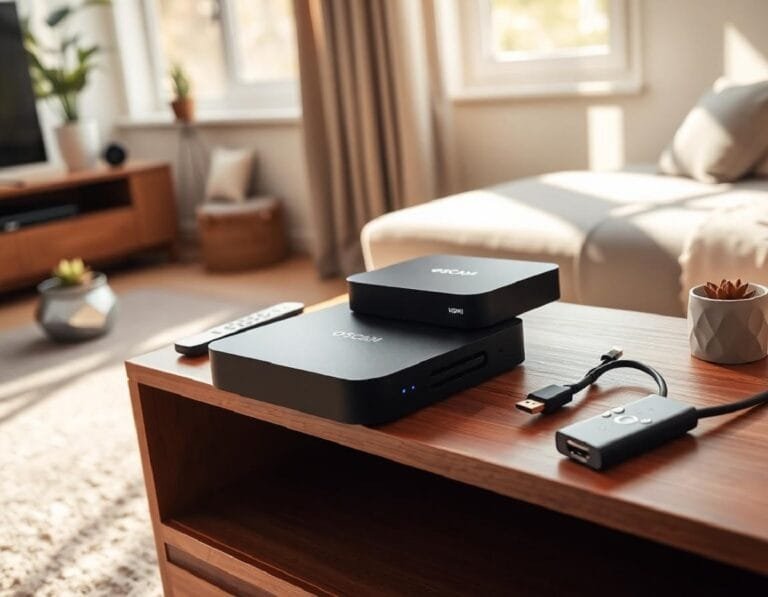iCAM OSCam EMU Installation Tips for Smooth Streaming

iCAM OSCam EMU Installation Tips for Smooth Streaming
Everyone loves a binge-worthy marathon. But few things feel more frustrating than buffering screens, glitched video, or scrambling to fix channels that just won’t play. Many TV lovers face these common headaches. If you’re looking for a reliable fix, iCAM OSCam EMU is a top way to unlock smoother, buffer-free streaming and more channels. The secret to a great experience starts with proper preparation and a careful install.
In this guide, you’ll find clear, actionable tips for setting up iCAM OSCam EMU the right way. Whether you’re new or just want your next upgrade to go smoothly, these steps will help you enjoy worry-free streaming and more out of your receiver.
Preparing for a Stress-Free iCAM OSCam EMU Installation

Photo by Field Engineer
Great streaming starts before you install anything. Think of it like laying a solid foundation before building your house. Planning pays off, and skipping these essentials creates headaches later.
You’ll want to:
- Double-check which receivers and hardware you’ve got, and if they work with iCAM and OSCam EMU.
- Update any old firmware so bugs and quirks don’t trip you up.
- Gather all the right files and tools from trusted sources.
- Make a quick backup of current settings.
Each of these steps saves time and keeps surprises away.
Check Device Compatibility and Requirements
Not all receivers are equal. Some handle EMUs well; others freeze or crash. Always confirm your box checks the required boxes:
Popular compatible receivers include:
- Dreambox series (DM500, DM800, DM900, DM920)
- Vu+ models (Solo, Duo, Uno, Ultimo)
- Octagon, Openbox, and some Amiko or Edision units
Minimum hardware specs:
- 500MHz+ processor recommended
- At least 512MB RAM
- Stable network connection (Ethernet preferred over WiFi)
- Enough storage space (at least 100MB free)
Before you get started, confirm with a quick Google search or check forums if your exact receiver is supported. Some older models might need tweaks or a lighter OSCam version.
Update Firmware and Backup Settings
Running old firmware is like driving a car on bald tires. It might work… until it doesn’t. Latest updates patch bugs, improve stability, and support new EMUs.
- Visit your receiver manufacturer’s website for the newest image or firmware.
- Follow their instructions to flash or update. Never unplug during updates.
- Once updated, back up your channel list and config files. Most boxes have a menu for this.
Keep that backup on a USB stick or cloud account, just in case. Restoring from a backup can fix almost any failed experiment.
Collect Essential Download Files
Now it’s time to get the right files in place. Only use trusted sources. Unofficial downloads can hide malware, outdated files, or broken patches.
For safety, always:
- Download iCAM and OSCam EMU from official project pages or respected community forums.
- Scan files with a good antivirus before loading onto your receiver.
- Read user feedback on newer releases or experimental builds.
Look for “stable” or “tested” tags. Stick to versions that match your hardware and software.
Handy tools to keep ready:
- USB stick (FAT32 formatted)
- File manager or FTP app
- Notepad or simple text editor for config changes
Step-by-Step Installation and Streaming Optimization
Ready to get your hands dirty? The actual process is simpler than it sounds, especially if you’ve double-checked all the earlier steps. Here’s how to make it go off without a hitch.
Install iCAM OSCam EMU with Confidence
- Transfer the EMU Files: Use USB or FTP to move the iCAM and OSCam EMU files to your receiver’s plugins or emu folder.
- Extract and Install: Follow on-screen prompts (or use your remote), and watch for success messages.
- Reboot the Receiver: This loads new plugins and clears out any glitches.
- Check for New Menus: You should now see iCAM/OSCam settings in your receiver menu.
Potential pitfalls:
- File permissions set incorrectly (set correct permissions, often 755, using FTP app)
- Configuration lines missing or errors in .conf files (double-check for typos)
A bit like assembling furniture, take your time with each bolt and screw.
Fine-Tune OSCam Settings for Smooth Performance
Default settings aren’t always the best. Like adjusting a bike seat, tuning a few key settings can make streaming a joy.
Key tweaks:
- Buffer size: Increase if you see occasional buffering. 512 to 2048 KB fits most home networks.
- Reader settings: Set priorities—give iCAM highest, disable unused readers.
- Emm and ECM handling: Switch on only what you need for your channels.
Most settings are in the OSCam web interface. Log in with your receiver’s browser and poke around. Always write down changes so you can undo them if needed.
Resolve Common Streaming Issues Quickly
Even with the smartest setup, hiccups happen. Here’s how to fix the most common ones:
Problem: Video freezing or stuttering
- Lower bitrate in iCAM or switch from WiFi to Ethernet
- Clean out old plugins or EMUs still running in the background
Problem: Missing channels
- Update channel lists using AutoBouquet or manual scan
- Double-check config files for typos or outdated PIDs
Problem: No keys or scrambled message
- Resync the softcam and restart the service
- Download new key files from official support forums if needed
When in doubt, check logs (in the OSCam menu) for errors.
Conclusion
Take the time to prep and follow clear steps, and the world of smooth, multi-channel streaming opens up with iCAM OSCam EMU. A stable connection, trusted files, good backups, and a careful hands-on setup mean less wasted hours and more happy viewing. No more channel crashes or endless troubleshooting—only more time to actually enjoy your favorite shows.
Upgrade your setup, kick back, and let your TV time roll on without a hitch.






